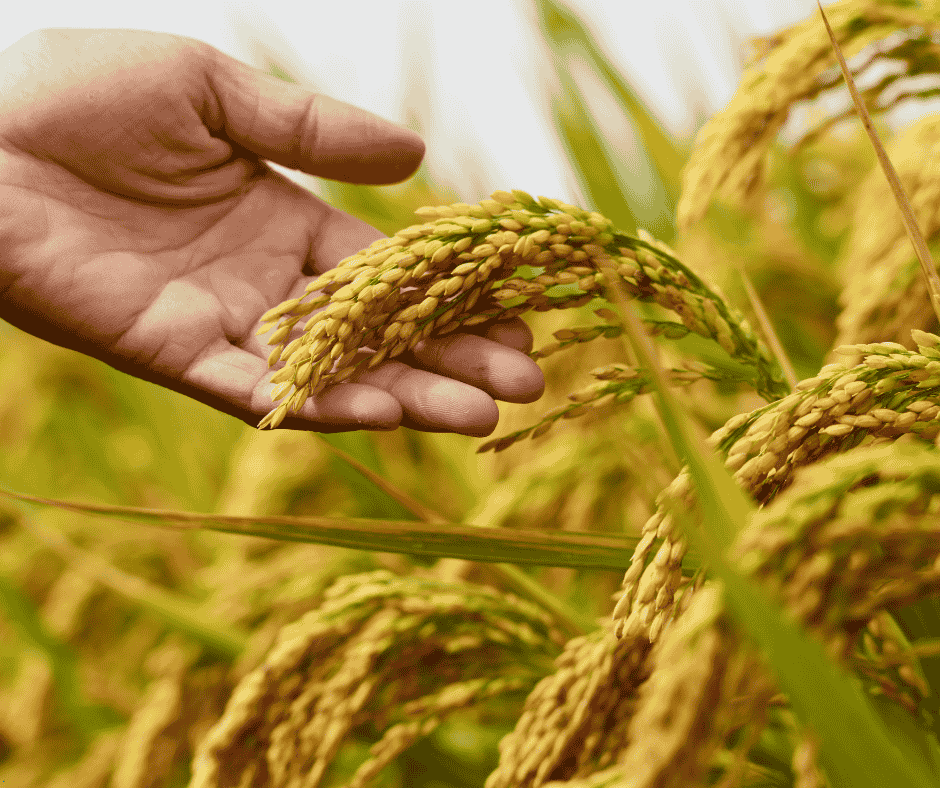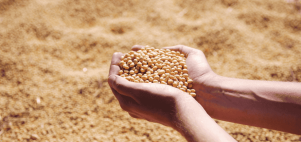Vietnam’s rice prices has dropped to its lowest level since 2021, down to just $434 per ton. The main reason is due to increased global supply and competitive pressure from India.
Vietnam’s rice export price has dropped sharply
According to the Vietnam Food Association (VFA), Vietnam’s rice prices of 5% broken rice from Vietnam has dropped from $624 per ton at the end of 2024 to $434 per ton – the lowest level since 2021. This price makes Vietnam the country with the cheapest rice price among the world’s top four rice exporters, including Thailand ($479 per ton), India ($440 per ton) and Pakistan ($448 per ton).

Vietnam’s rice prices reduction not only affects the export market but also has a strong impact on domestic rice prices. In the Mekong Delta, the price of regular rice at the field decreased by nearly 300 VND/kg compared to the end of December 2024, while the price at the warehouse decreased by more than 400 VND/kg. Currently, the average price of rice fluctuates from 6,400-7,400 VND/kg depending on the type.
Reasons for the sharp decrease in rice prices high global supply
According to the US Department of Agriculture (USDA), global rice production in 2025 is expected to reach a record 530 million tons, an increase of 3.1 million tons compared to 2024. India has lifted the ban on non-Basmati white rice exports, and is expected to export up to 22 million tons of rice, an increase of 5 million tons compared to the previous year. This has pushed global rice prices down.
Cautious import policy: Major importing countries such as the Philippines and Indonesia have stockpiled enough rice for short-term needs, leading to a slowdown in new orders. In addition, the Philippines is negotiating to increase imports of cheap rice from India, reducing demand for rice from Vietnam.
Changes in strategies of exporting countries: In addition to India, many countries such as Egypt, Guyana, and Venezuela have also increased production, creating strong competitive pressure in the international market. This has forced rice exporting countries such as Vietnam to lower prices to maintain market share.
Impact on Vietnamese farmers and businesses
Rice farmers in the western provinces, such as Can Tho, are facing the risk of losses as input costs increase but selling prices decrease. Mr. Hoang, a farmer in the area, shared: “Traders are no longer interested in depositing to buy rice in advance like last year. This makes us very worried about the winter-spring crop.”
On the business side, rice export contracts in the first and second quarters of 2025 are being delayed due to price fluctuations. A leader in An Giang said: “We have to wait for the market to stabilize to avoid the risk of purchasing rice at high prices but exporting at low prices.”
Rice market forecast in 2025
With a strong increase in supply from India and other countries, Vietnamese rice prices, especially 5% broken rice, are expected to continue to be under pressure in the coming time. The Vietnam Food Association believes that when the winter-spring crop enters its main season, domestic rice prices may decrease further. This will not only affect the low-grade rice segment but also lead to a decline in the value of high-quality rice.











